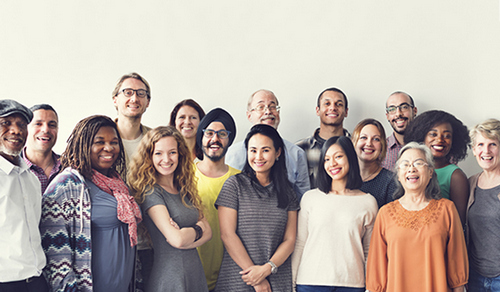(Dr. Monica Peek) Patients come with so many challenges sometimes and so many different things that we could be focusing on that it is hard to know where to start. For providers who have limited time, and I think that is all of us, one thing to do or one strategy to consider, is having a single open-ended question and saying, “what is the biggest challenge you see to implementing what we just talked about today?”
(Dr. Tim Wysocki) Let me give an example of a closed-ended question: “You’d like to be on the insulin pump, wouldn’t you?” It’s closed-ended because the answer is either “yes” or “no.” An open-ended question would be one like “Could you tell me the pluses and minuses of using an insulin pump for you?” Or “What are some things you’d like to know about the insulin pump that you don’t know now? How can I help you learn those things?”
(Dr. Ann Albright) The patient should be given the information. You certainly may offer your thoughts on the subject, but again, it shouldn’t be just to drive your view. It should be a discussion and conversation to help you and the patient determine the best course of action for them. Ultimately, the power must be theirs.
(Dr. Linda Siminerio) There’s a misperception I think, that providers think “I don’t have time to do this,” and it actually saves time. Some of the patient-provider communication studies that have been reported show that this actually saves time if it’s done correctly.
(Dr. John Buse) Again, I think the most important thing is to treat people with respect and engage them in a conversation. They’re the ones living with diabetes. As a health care provider, at best, you are a coach. And coaches can have all kinds of different styles. At the end of the day, you can only be a good coach if you can engage your, you know, your student, your pupil, the athlete. They are the ones who have to do it. All you can do is give them advice and direction.

(Dr. Monica Peek) There are a number of resources that are available to providers in trying to help their patients feel more comfortable engaging in shared decision-making and to help themselves and their teams be more comfortable engaging in shared decision-making. Certainly, the National Diabetes Education Program has a number of resources and it’s been a primary goal of the Agency for Healthcare Research and Quality, so AHRQ has a number of resources for clinicians and health care providers. NIH has a number of resources, the American Diabetes Association-there’s no shortage of practical tools, videos, handouts, patient information resources that providers can use to help them and their staff feel more comfortable welcoming patients into a shared decision-making encounter.




Thanks for the ideas you have provided here. Something else I would like to state is that computer system memory demands generally increase along with other innovations in the technologies. For instance, as soon as new generations of processor chips are brought to the market, there’s usually a corresponding increase in the dimensions calls for of both the computer system memory and also hard drive space. This is because software program operated by way of these processors will inevitably boost in power to make use of the new know-how.